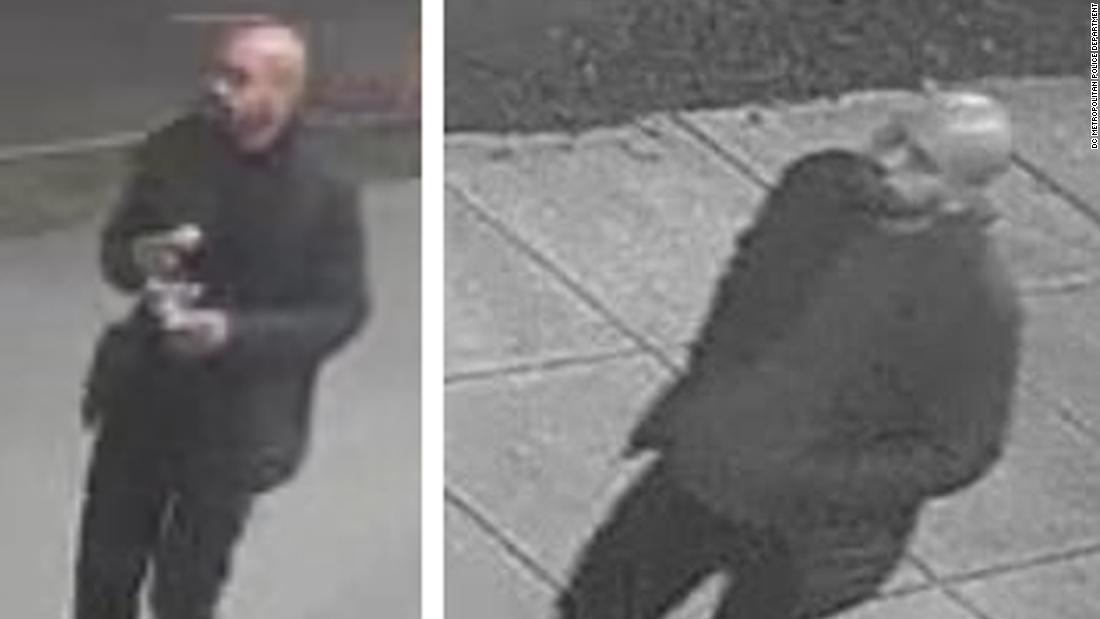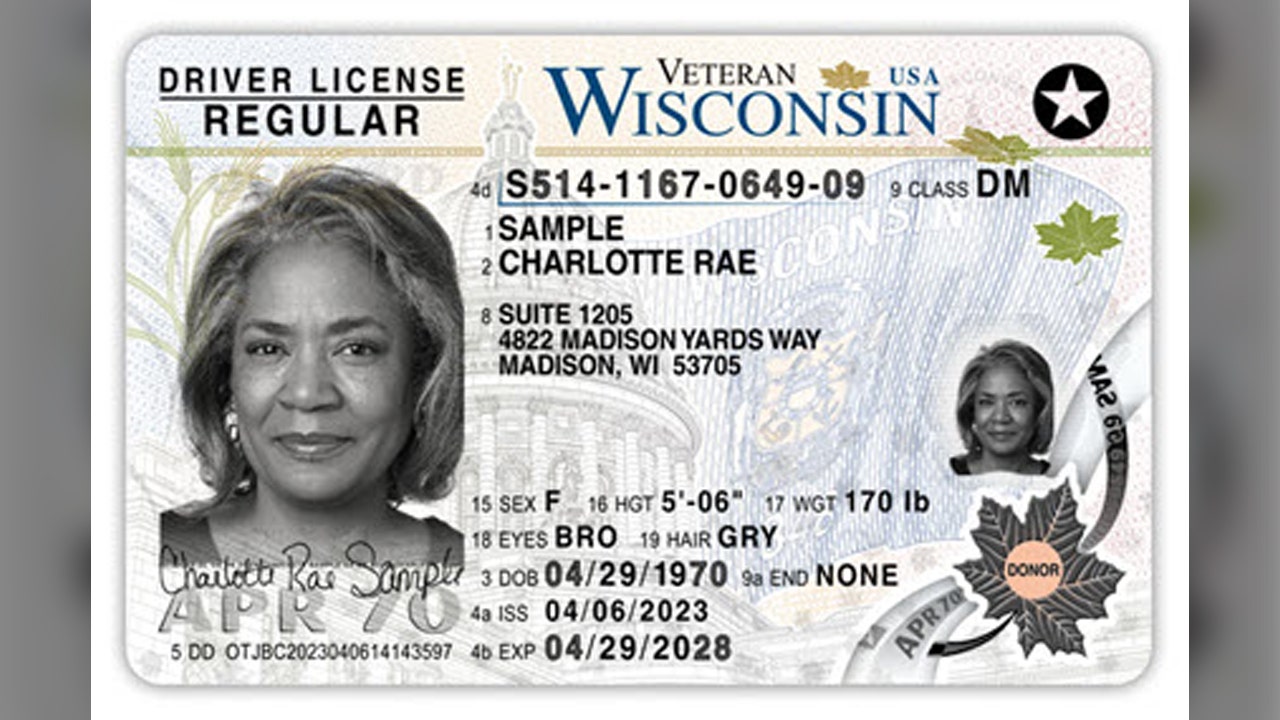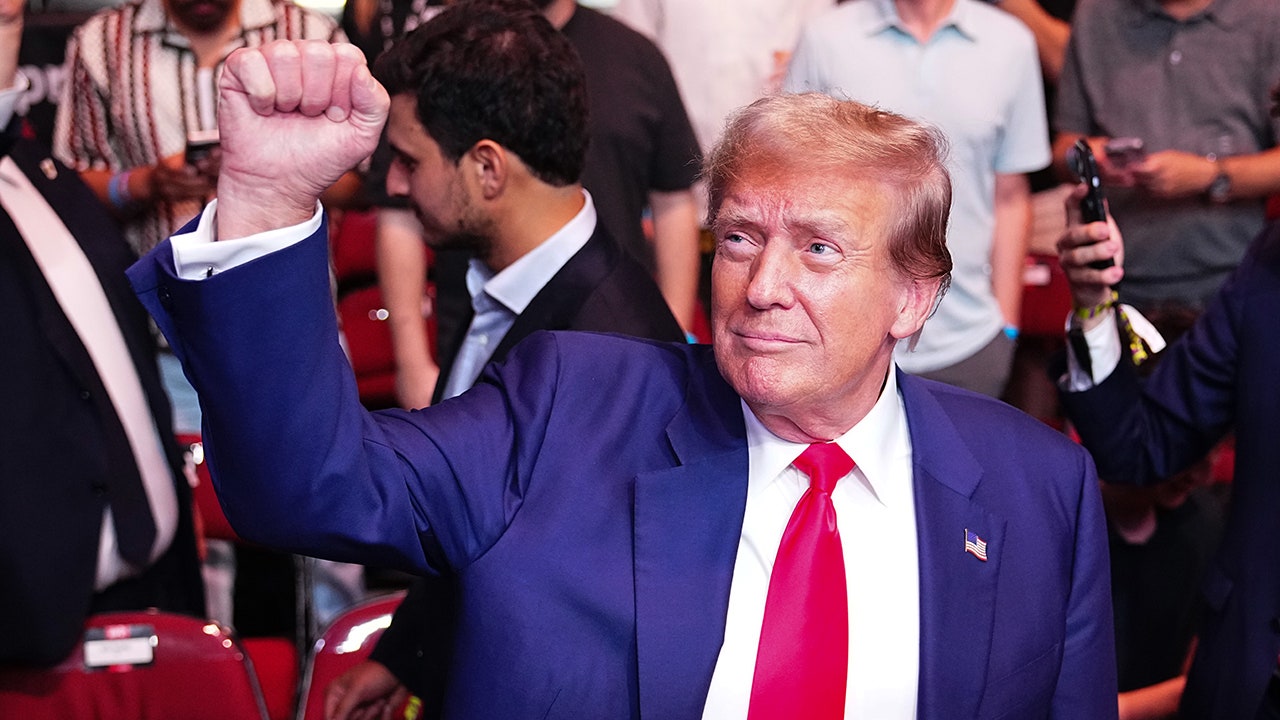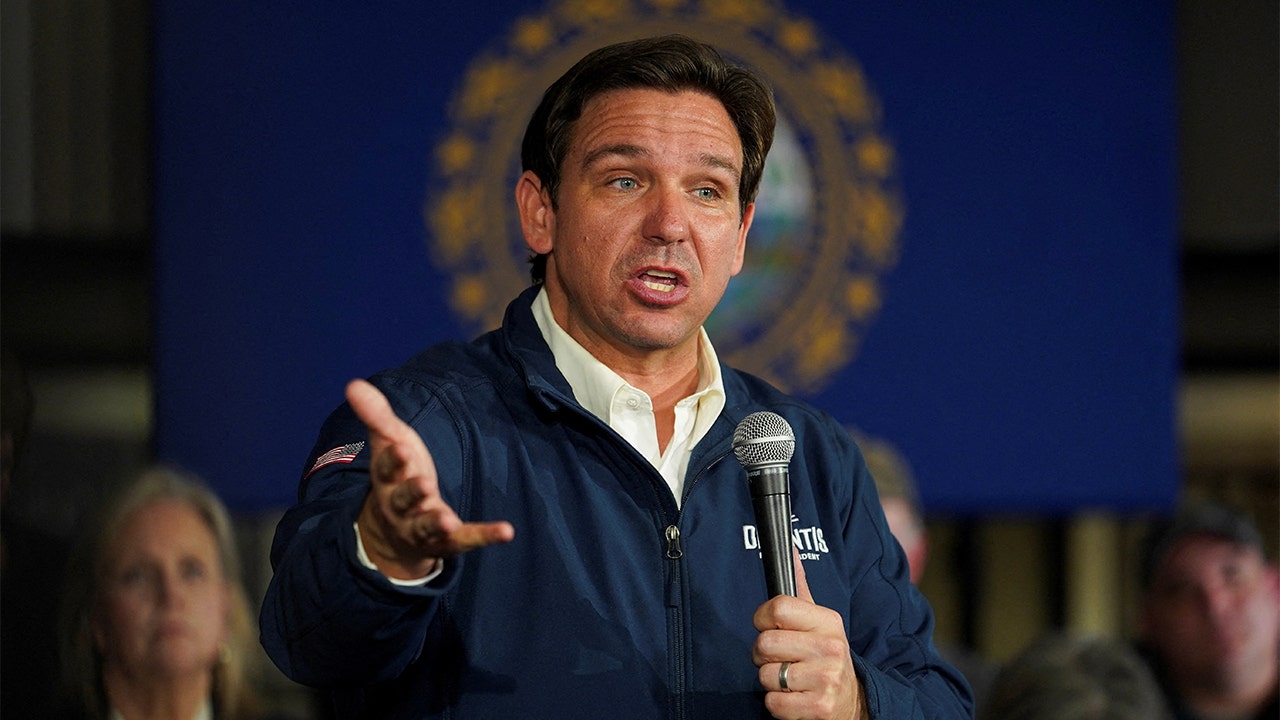Joe Biden’s re-election campaign escalated its attacks on Donald Trump over his criminal conviction in New York as Democrats urged the president to seize on the guilty verdict as an election weapon against his Republican rival.
In a memo released on Saturday, the Biden campaign dubbed Trump a “convicted felon” who would “destroy our justice system, shred our democracy, rig our economy for their billionaire donors, and attack the very idea of America”.
The statement signals that Democrats and the Biden re-election bid are preparing to be more aggressive in targeting Trump over his status as the first former president to be found guilty of a crime, rather than adopt a more passive approach.
On Friday, Biden briefly addressed the Trump verdict at the beginning of remarks on his Middle East peace plan, criticising his rival for blasting the US justice system during a remorseless tirade against the ruling a few hours earlier.
“It’s reckless, it’s dangerous, and it’s irresponsible for anyone to say this was rigged just because they don’t like the verdict,” Biden said.
Some Democrats have been pushing the US president and the campaign to go further. Christy Setzer, a Democratic strategist, said Biden and his party needed to be more “forceful” in drawing a contrast with Trump when it comes to the conviction.
“Sometimes Democrats get so precious, so afraid to get their hands dirty or afraid to anger Trump’s supporters . . . our party misses the opportunity.” Setzer said on Saturday. “Let’s not do that here, on a story that has the power to fundamentally change the trajectory of the race, and history.”
The calls for Biden and the Democrats to be more pugnacious come as a Reuters/Ipsos poll released on Saturday — and conducted after the conviction — showed that 10 per cent of Republican voters and 25 per cent of independent voters were less likely to vote for Trump due to the verdict. This would indicate a significant number of defections from the Trump camp.
Tony Fabrizio, a pollster for Trump, disputed the notion of any big effect on the former president’s ability to win a second term in the White House.
“We told our donors and supporters that our polling in these target states was indicating that most all of the trial impact was “baked in the cake” and that we expected marginal impact from an adverse ruling,” he said in a memo distributed by the Trump campaign on Saturday.
“So far, that seems to be the case.”
Democrats in swing districts heading into the November election are generally offering more guarded criticism of Trump over the ruling, while others say it is important not to focus excessively on the former president’s crimes at the expense of kitchen-table issues.
“Trump continues to be a sideshow, a circus, a caricature of a buffoon, the worst thing that happened to this country in a very long time. We need to focus on our people and the American people and getting them out to vote and focus a lot less on Trump,” Jamaal Bowman, a New York congressman, told MSNBC on Saturday.
Many Republicans believe that Democratic efforts to capitalise on Trump’s verdict are bound to backfire, since the trial itself has done little to move the needle in national or swing state polling, and most voters on the right and centre-right accept Trump’s claim that the prosecution had political motivations.
“Democrats think they can put out the Trump fire with oxygen. It’s political malpractice,” Mitt Romney, the Utah senator and Trump critic within the Republican party, told The Atlantic.
But Trump’s verdict is making him politically vulnerable on a number of fronts. As well as labelling him a “convicted felon”, Democrats will be able to target him for the underlying case, of falsifying business documents to pay for the silence of a porn actress so it would not damage his 2016 campaign for president.
They will start to poke holes in Trump’s claim that he is the candidate of law and order, since he failed to accept a criminal conviction. And if Trump lashes out and grows angrier at his legal predicament, as he did on Friday, they will have new opportunities to depict him as unhinged and distracted from the issues voters care most about.
“Trump’s campaign is about him, our campaign is about America,” the Biden campaign said in Saturday’s statement.
In an interview on Fox News’ Fox & Friends program on Sunday, Trump repeated his claims that the Biden administration had overseen the “weaponisation of the justice department”.
“It’s like their slogan: I’m ‘a threat to democracy.’ I’m the opposite. They’re the threat to democracy,” added Trump.
A sign of whether Trump’s verdict damages him politically will come from polling over the next few weeks. Biden still trails by 1.3 percentage points in national polling, according to the FiveThirtyEight.com average, and the former president also has a slight edge in key battleground states.
If Biden sees that attacks on Trump’s criminal record are having an impact, he may emphasise that during their first debate in late June in Atlanta. Biden may still have to remain above the fray to remain presidential, but his allies will be less constrained.
“We need a phalanx of campaign surrogates out in force, comparing Trump, America’s first felon on a major party ticket, to Biden,” said Setzer.
additional reporting by Alex Rogers in Washington





































